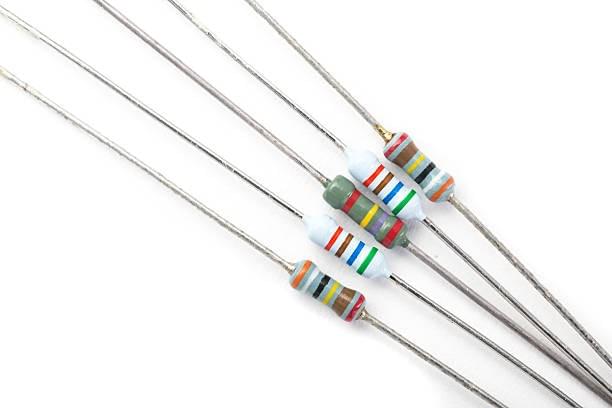
If you have interacted with the power resistors for some time now, you might have realized that they come in different power ratings, resistances, sizes, and shapes. According to most scientists, the range of power ratings among most discrete power resistors is about 1W to 2.5kW. You need to discover that the power resistors are used in various applications depending on the power requirements. Nickel-chromium happens to be the regularly used resistance alloy in these power resistors. Nichrome doesn’t lose its shape even when it’s red hot, and that’s why many people use it in electric ranges and space heaters. This information is crucial since it helps you to choose the right power resistors.
The maximum temperature in most of the electronic applications is regulated to ensure resistance and safety stability. However, you don’t have to think a lot about temperature stability as a crucial factor in power applications. You may also come across some other power resistors made of other alloys such as Alumel. This alloy is a combination of silicon, aluminum, manganese, and nickel. You should ensure you find out more about the alloy the power resistors are made of before you buy them. This helps you to know whether the power resistors are compatible with the intended application. Find the best wirewound resistors company or check out this high power resistor.
If you want some power resistors, which you can use in high accuracy shunts, and for low resistance, you may opt to go for the copper-nickel alloy. All you may have to think about is whether the power resistor offers the expected temperature stability. You are advised to apply the power resistors at 50 percent of the full power rating since they run very hot. You may not know a lot about this derating, but it’s good to know that it offers the safety and reliability factor needed. Getting the right power resistors is important since they would help you when some short-circuits and fault conditions come.
The power resistors can discolor or scorch the laminate especially if you choose the poor-quality ones. They may also interfere with the quality adhesion the traces should have. Low-quality power resistors cannot withstand an excessive temperature that eventually causes deterioration of the solder joint with time. You should choose power resistors that range from 10W to 300W since the kind of ribbon fabrication that most of them use is edge-wound. If you aren’t sure about the power resistors you should choose, it’s good to get some advice to avoid money and time loss. You can read more on this here: https://www.ehow.com/how_8364922_wire-endofline-resistor.html.